The Best Guide to Facelift Surgery Korea: Options, Costs, and Clinics
2025-05-02
Thinking about facelift surgery? Korea is a global leader in advanced, minimally invasive procedures that offer natural results and quick recovery. In this article, we’ll explore why people choose Korea for facelift surgery, the different types available, and the top clinics to consider.
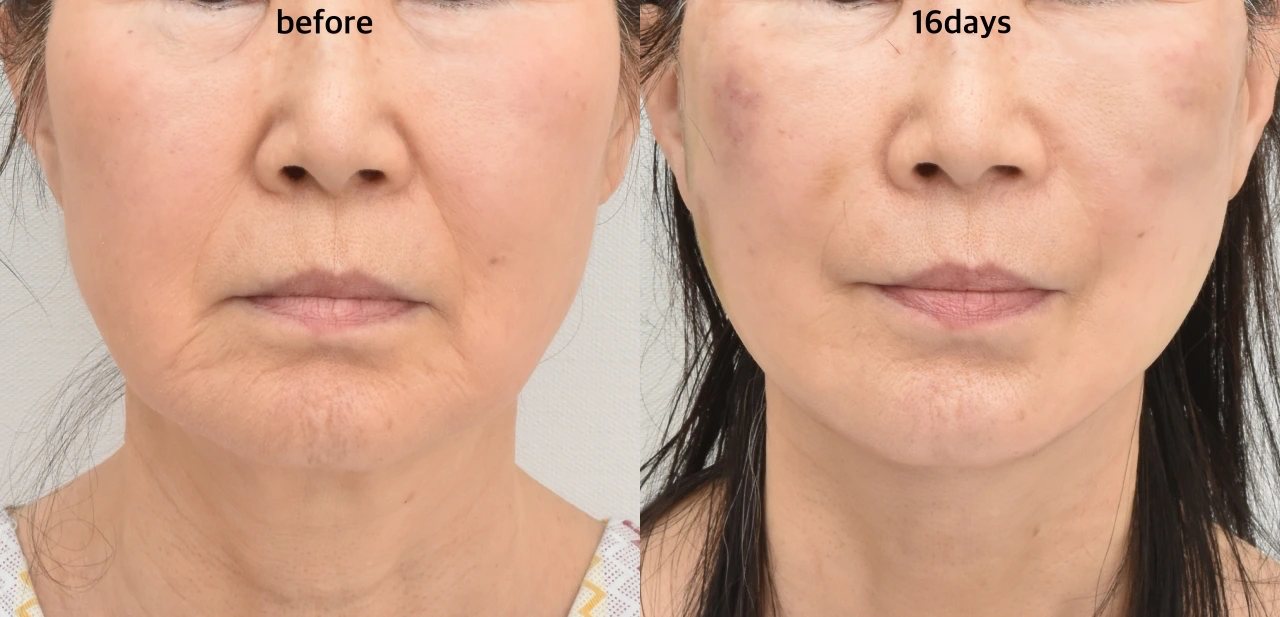
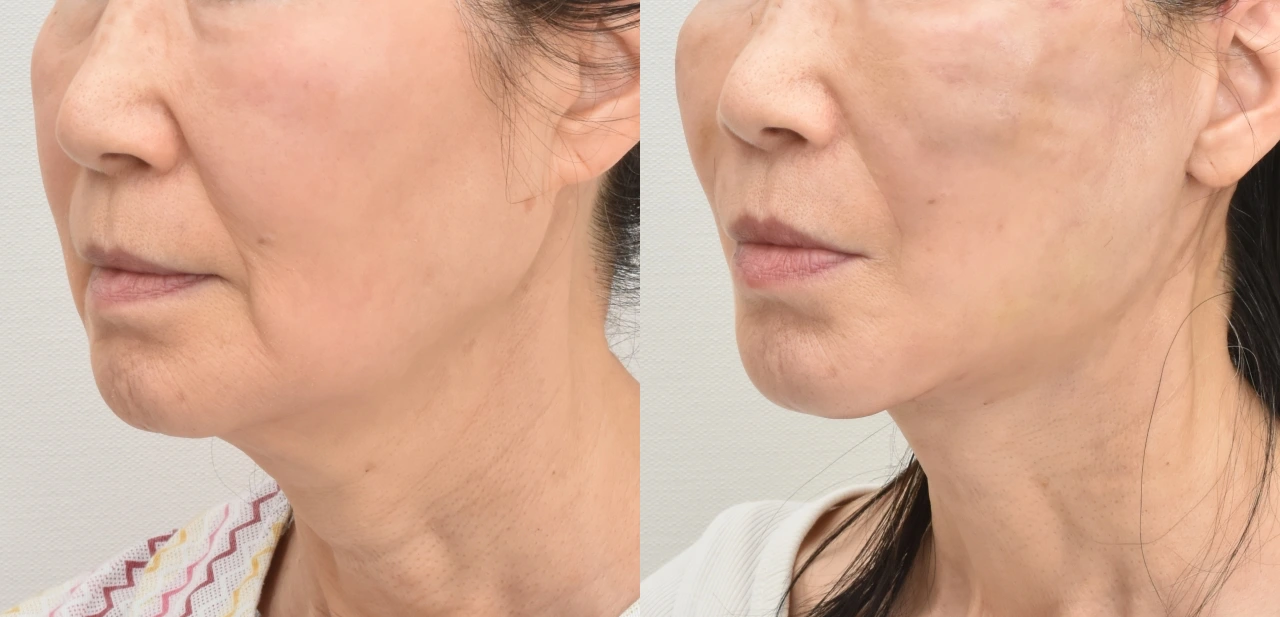
Types of Facelift Surgery in Korea
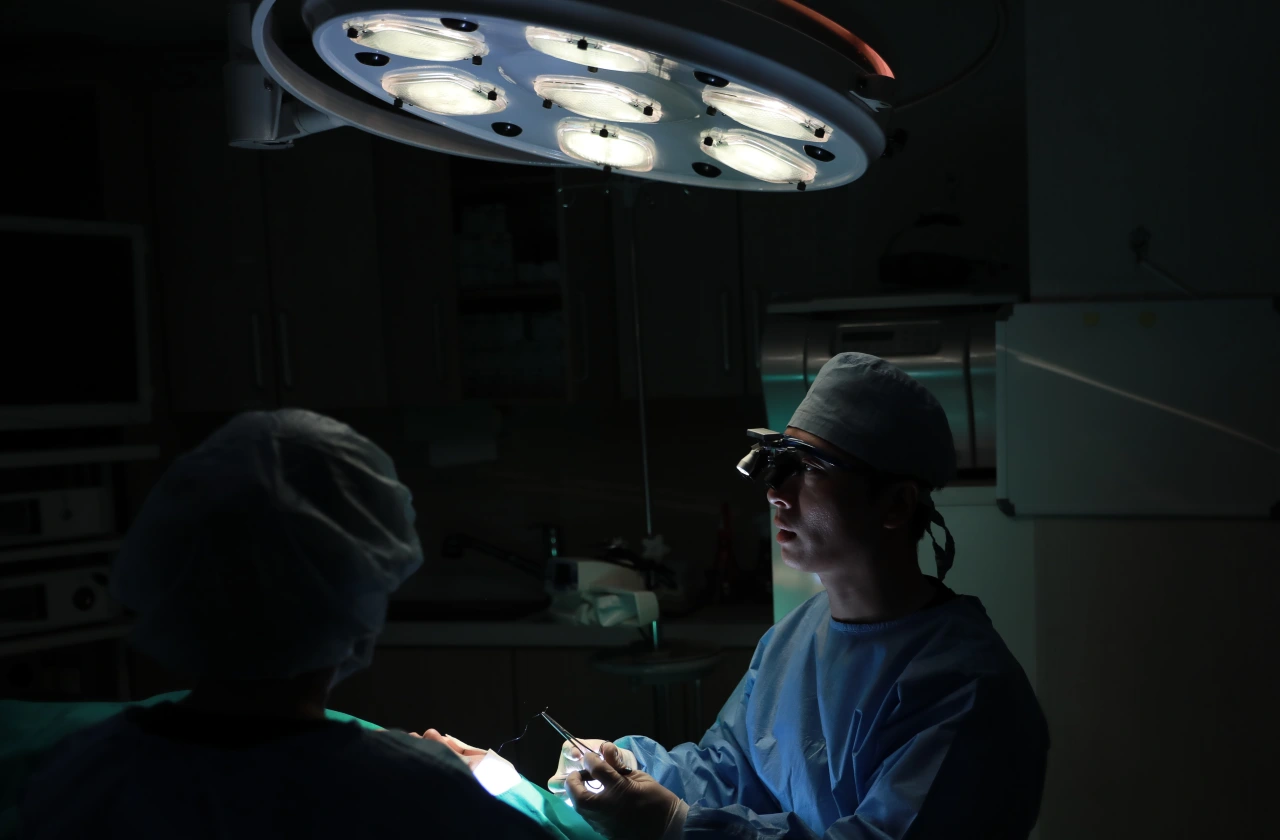
Korea leads the way in facelift surgery, presenting a range of methods designed to accommodate various requirements and tastes. The deep plane facelift, SMAS facelift, and mini facelift are among the favored techniques. These approaches are more conservative than conventional ones when it comes to invasiveness, which makes them perfectly suited for addressing preliminary signs of aging without sacrificing efficacy.
The array of surgical options available extends beyond these methods, offering additional procedures that can be tailored to individuals’ desires for either modest improvements or significant changes in their appearance.
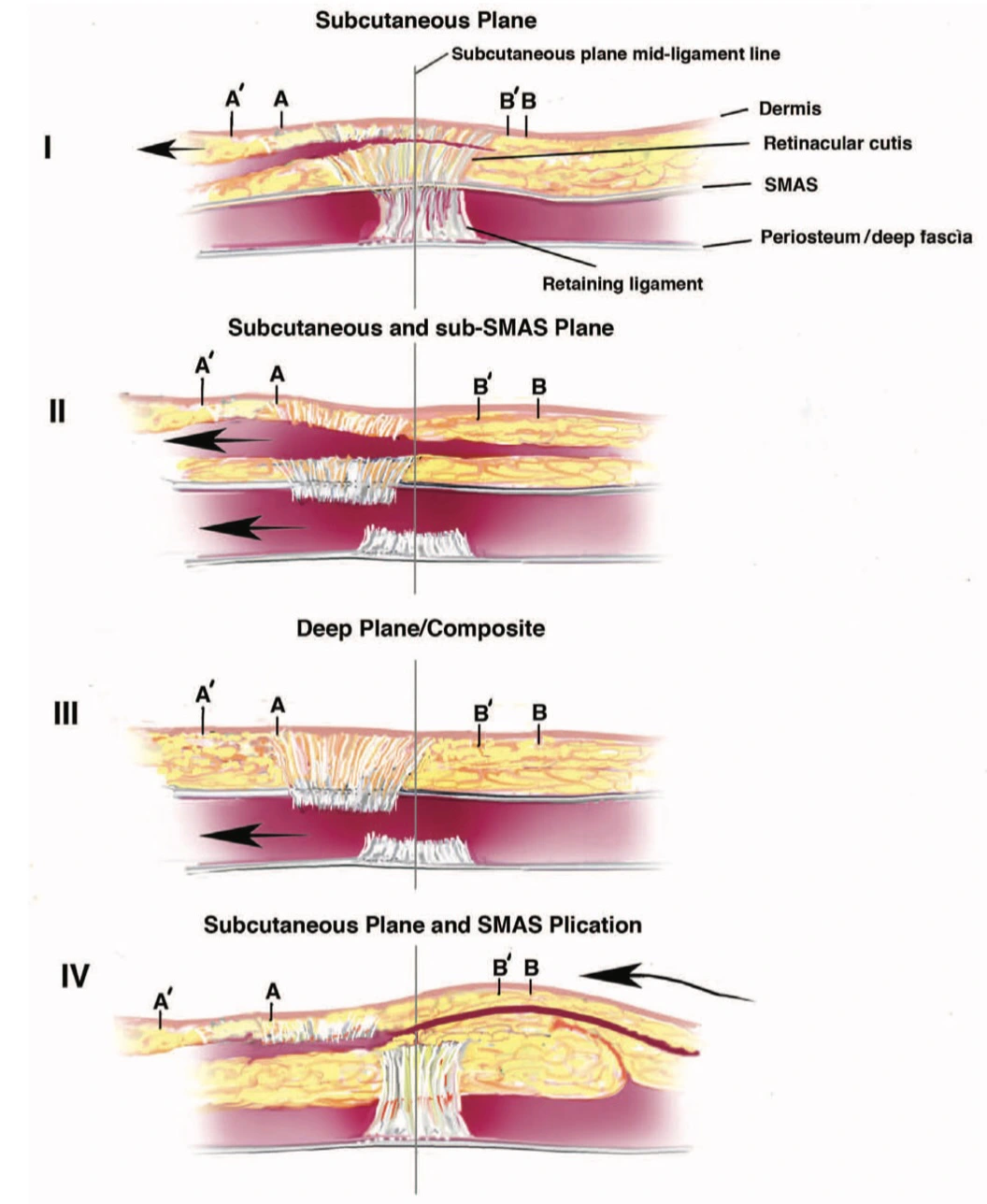
Subcutaneous Facelift
Subcutaneous facelift is recognized as a skin only facelift. It has risk of scar hypertrophy and effects does not last as long as SMAS facelift.
SMAS Facelift
The SMAS facelift, a technique that targets the Superficial Musculo-Aponeurotic System layer beneath facial skin and muscle, offers an advanced solution for natural-looking rejuvenation. By elevating both the facial skin and the underlying tissues associated with the support of facial muscles, this procedure surpasses traditional facelift methods in delivering long-lasting outcomes.
In contrast to traditional facelifting where superficial layers are merely tightened, this method allows for repositioning of facial tissues at a deeper level without exerting undue tension on the skin itself—setting it apart from conventional lift practices. The technique is particularly adept at enhancing features like defined jawlines and softening pronounced nasolabial folds while keeping incisions minimal to reduce any chances of conspicuous scarring—a compelling option for those aiming for all-encompassing rejuvenation. For those seeking refinement without sacrificing natural expression, a dual plane SMAS facelift may prove ideal results.
Deep Plane Facelift
The deep plane facelift is recognized as a cutting-edge procedure among various facelift techniques. It diverges from traditional facelift methods, which mainly address excess skin, by concentrating on the deeper structures of the face such as muscles and connective tissues. By doing so, it leverages an intricate knowledge of facial anatomy to produce results that look more youthful and natural compared to the sometimes artificial-looking outcomes associated with other approaches.
Beyond lifting sagging tissue, this surgery may also include excisional removal of superfluous skin alongside fat grafting procedures aimed at restoring volume where needed—together contributing towards achieving a smooth complexion with enduring youthfulness. For individuals dealing with significant looseness or drooping in their facial contours, opting for a deep plane approach offers considerable promise in reclaiming vibrant looks reflective of younger days.
Mini Facelift
Known as the ponytail lift, the mini facelift is an ideal option for individuals in their 30s who are starting to see early signs of aging but do not need a full facelift just yet. Employing only minimal incisions that usually run from the hairline around to behind the ears, this procedure focuses on rejuvenating the lower cheek area, mid-face region, and jawline. With its less invasive approach compared to traditional methods, shorter recovery timespan, and instantly visible improvements it brings about. It’s no surprise that it has become favored among younger clientele.
But when this technique is done in aged patients, there are also rick of skin puckering.

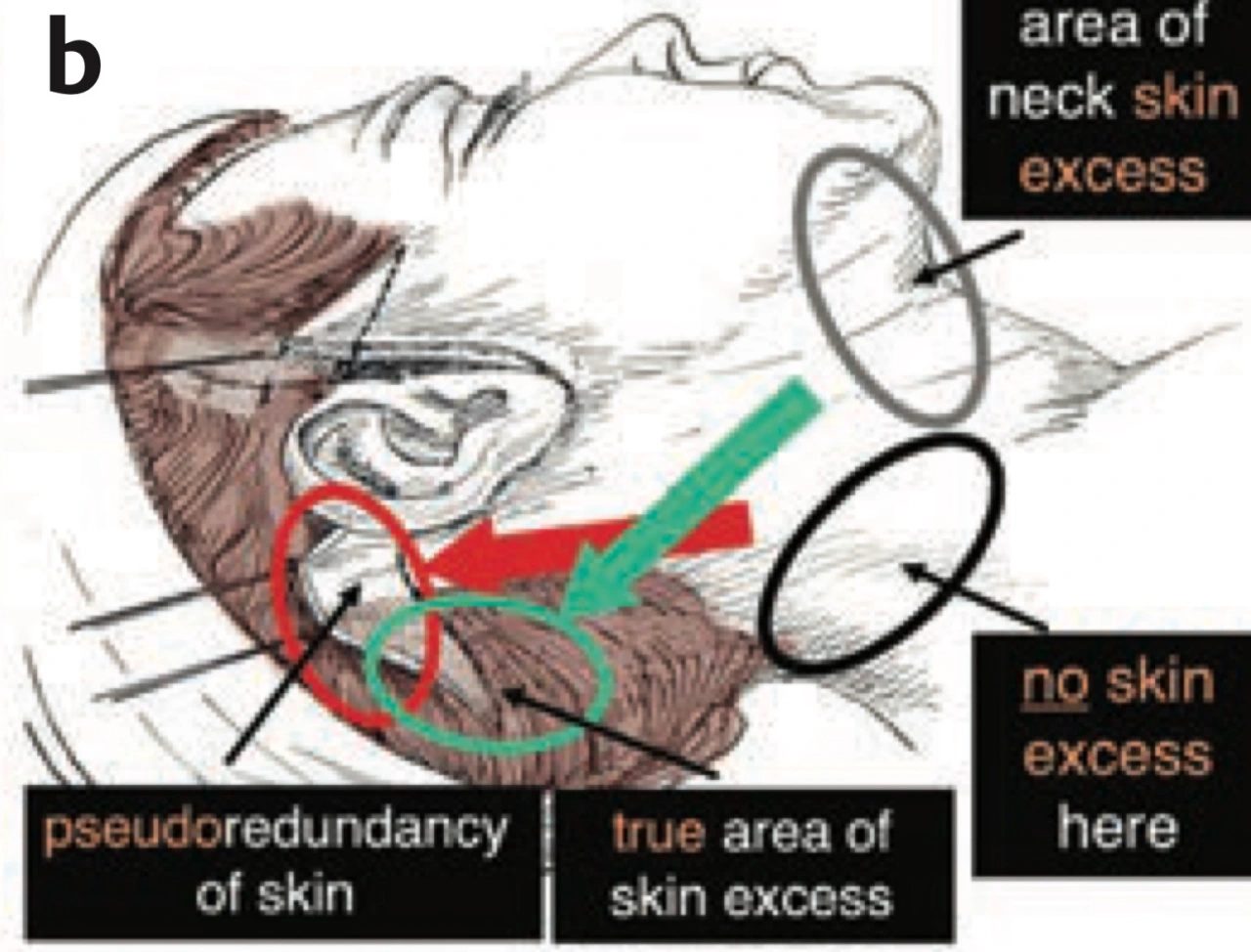
Top Clinics for Facelift Surgery in Korea
Noonopi Plastic Surgery
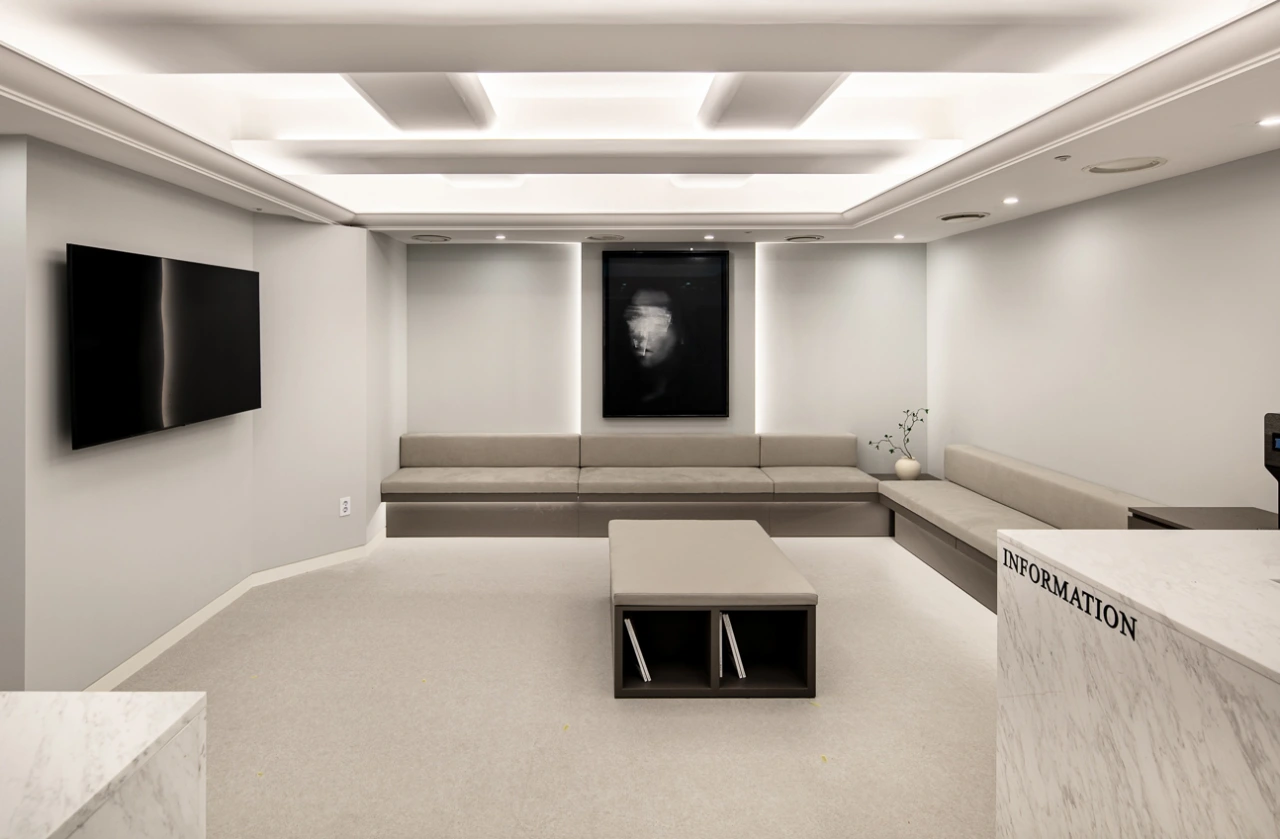
Located in the heart of bustling Gangnam, Dr. NK Park of Noonopi Plastic Surgery is renowned for his expertise in facelift procedures. He trained extensively under Dr. Timothy Marten in San Francisco — a globally respected figure in the field of facial rejuvenation.
At Noonopi, each patient receives a fully personalized treatment plan tailored to their individual facial anatomy and aesthetic goals. The clinic combines advanced technology with refined surgical techniques to enhance skin tightening, minimize scarring, and deliver long-lasting, natural-looking results.
One of the most distinctive features of Dr. Park’s facelifts is the creation of youthful-looking ears without visible signs of surgery — a level of detail and refinement that sets Noonopi apart from other plastic surgery centers in Korea.
Costs of Facelift Procedures in Korea

The cost of facelift procedures in Korea varies widely, influenced by factors such as the extent of the procedure, the clinic’s reputation, and the surgeon’s expertise. A full facelift typically ranges from $8,000 to $10,000, while a mini facelift costs between $3,000 and $5,000. Mid-facelifts fall somewhere in between, priced from $4,500 to $6,500.
Many clinics also offer discounts for combining procedures, such as a neck lift or eyelid surgery, and international patients may be eligible for a 5% tax refund when leaving the country after surgery. Paying in full upfront can also sometimes result in a discount of up to 10%.
The combination of financial incentives, advanced techniques, and high success rates makes Korea an attractive destination for plastic surgery korea facelift surgery.
Ideal Candidates for Facelift Surgery
Individuals displaying early indications of aging, such as mild droopiness and fine wrinkles, may find facelift surgery an apt choice. For those with more pronounced skin laxity and sagging tissues, traditional facelifts are usually recommended due to their ability to provide a greater level of correction. The less invasive Korean facelift is suitable for individuals who desire noticeable improvement without undergoing the intensity of more comprehensive procedures.
A mini facelift can be particularly appropriate for healthy individuals ranging from their late 30s to late 40s who wish to address sagging jowls and reclaim a youthful appearance. Nevertheless, if one is in search of drastic changes, the subtler outcomes offered by a Korean facelift might not suffice. Instead, they may need to contemplate opting for conventional methods that deliver significant alterations.
Benefits of Korean Facelift Techniques
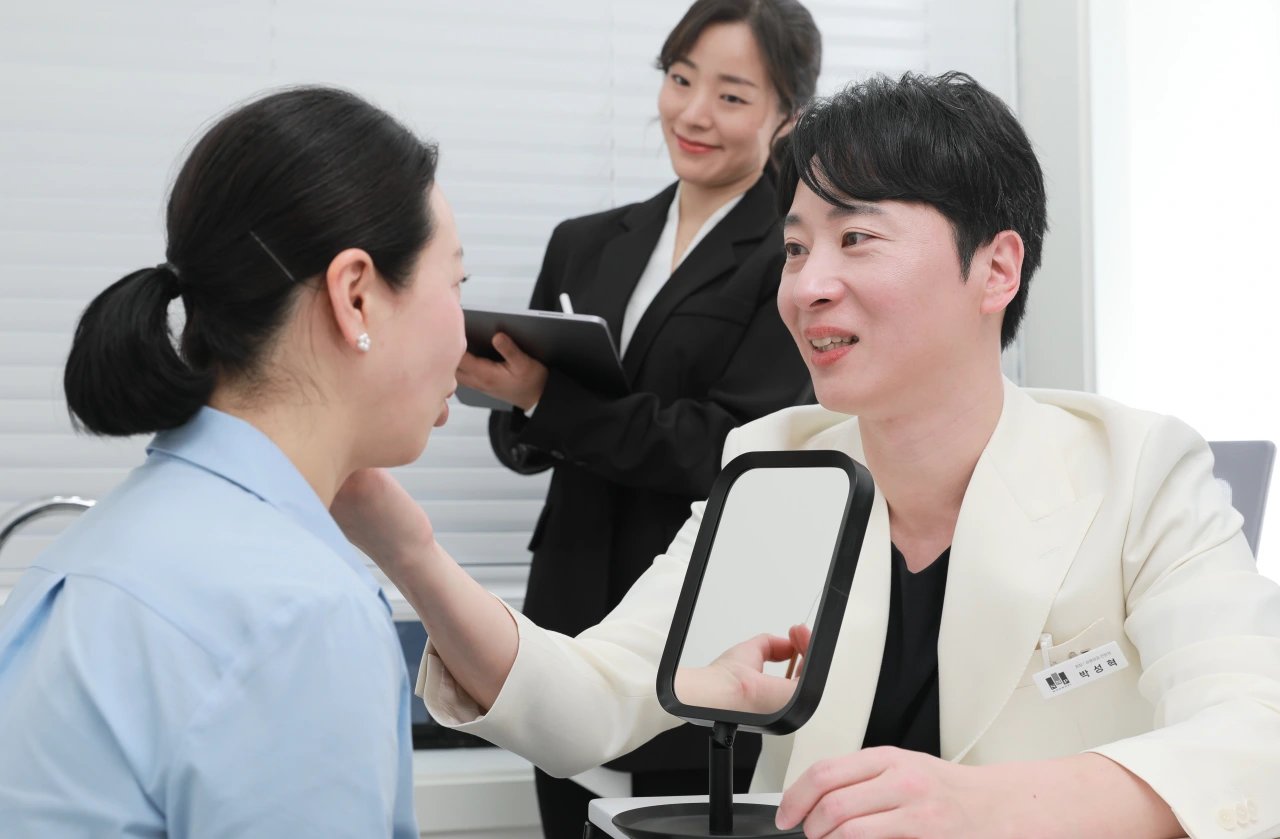
Celebrated Korean facelift techniques are renowned for yielding naturally appealing outcomes through less invasive approaches. These practices concentrate on the tightening of facial muscles, preserving the natural architecture of the face and eschewing significant alterations to one’s facial features. The use of smaller cuts along with state-of-the-art stitching methods, which frequently utilize absorbable materials, aids in diminishing scarring and expediting recovery.
Employing progressive strategies leads to an expedited convalescence process accompanied by minimal discomfort during a Korean facelift. Establishments such as Noonopi Plastics. Surgery leverages avant-garde technology to amplify results, thus securing elevated rates of success and client satisfaction.
By choosing Korean facelift techniques, individuals gain access to a confluence of pioneering skillfulness and understated aesthetic appeal.
Non-Surgical Alternatives to Facelifts
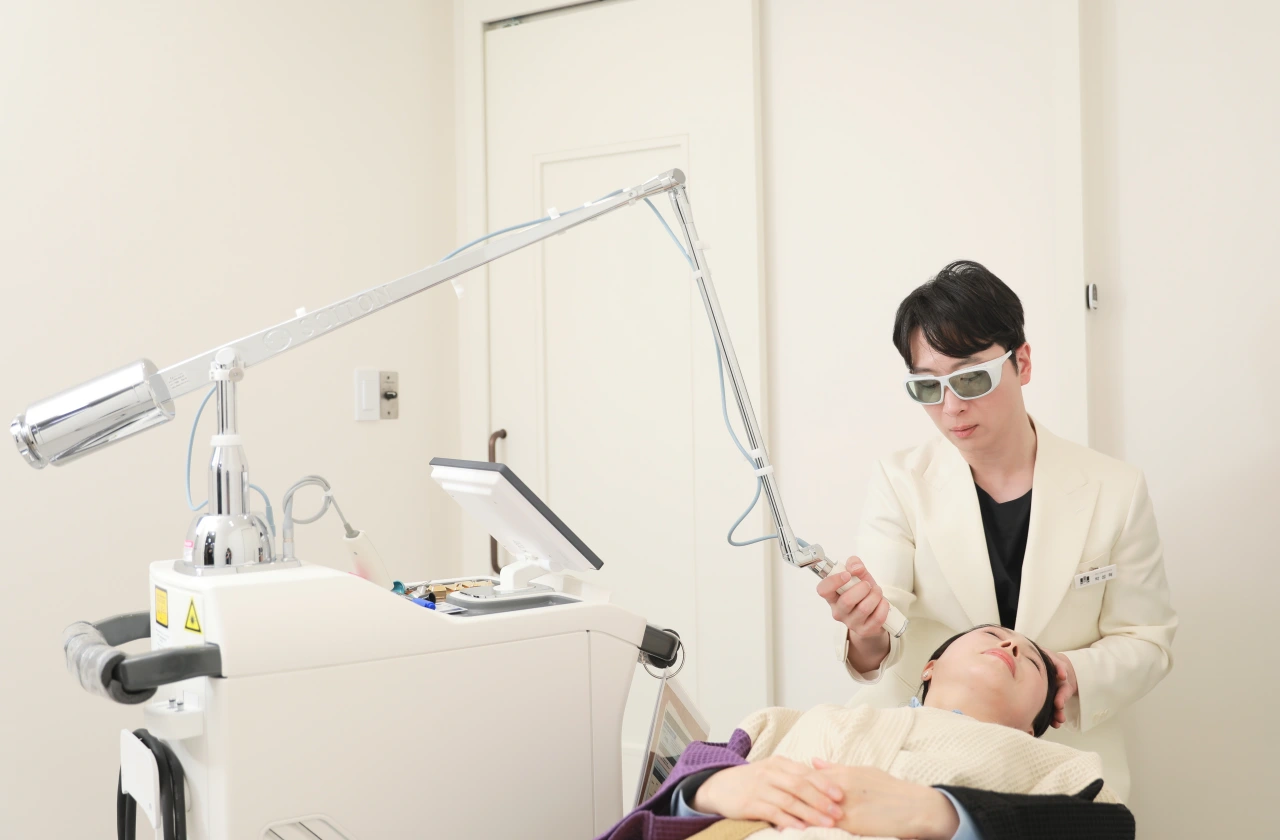
For individuals who opt for less invasive alternatives to traditional facelifts, there are non-surgical methods available.
Thread lift
One such method is PDO threading, which is a minimally invasive procedure employing dissolvable threads to elevate and reinforce drooping facial structures. The effects of this technique can be observed instantly and have the potential to persist for up to 12 months, especially when integrated with supplementary treatments like Xerf or BBL SkinTyte therapies.
Xerf
In terms of improving skin elasticity and diminishing the visibility of fine wrinkles, laser procedures such as Xerf come into play. These non-invasive approaches typically entail only brief recovery periods and carry a decreased likelihood of complications. With surgical facelift interventions. Consequently, they present an appealing option for those experiencing mild sagging who seek the benefits of a facelift without enduring surgery or significant recuperation time.
Preparing for Your Facelift Surgery
It’s essential to be thoroughly prepared for facelift surgery. An initial consultation should involve an exhaustive disclosure of medical history, including all medications and any allergies, along with a discussion of the expected outcomes and goals for the surgery. It is imperative to consult with a board-certified plastic surgeon whose expertise will contribute significantly to making well-informed choices about the procedure.
A physical examination may be conducted alongside various tests such as blood work in order to evaluate whether a patient is healthy enough for this surgical procedure. It might become necessary to stop certain prescribed drugs like NSAIDs or aspirin before undergoing surgery due to their potential impact on blood clotting. Ceasing smoking at least six weeks before the operation can significantly improve healing and lessen the risks associated with recovery. Steering clear from foods high in salt or spice before the surgery is also advisable as they could potentially increase swelling post-operation.
Post-Operative Care and Recovery
It is vital to adhere strictly to the aftercare instructions provided by your surgeon in order to facilitate the best possible healing and limit any complications. Engaging in appropriate post-surgical care, which includes using cold packs immediately following the operation to decrease swelling, plays a crucial role. Maintaining adequate hydration levels both before and after surgery can greatly aid in recovery.
During the initial phase of recovery, patients should refrain from engaging in vigorous physical activities and aim to gradually reintroduce mild exercises such as walking within 7-10 days post-operation. Hyperbaric Oxygen Treatment also promotes faster healing after facelift.
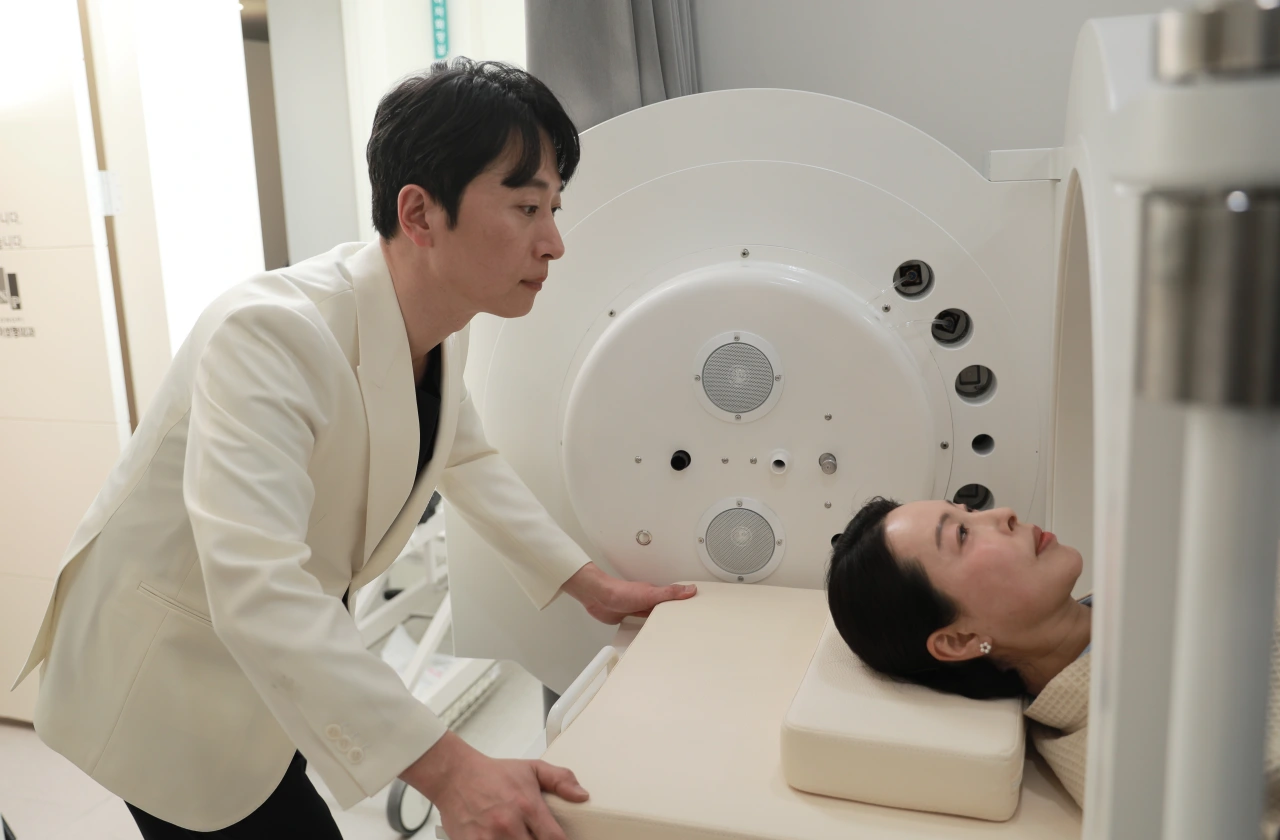
Pain management typically involves taking medication prescribed specifically for pain relief. In some cases, surgical drains are inserted as a measure against fluid buildup. These are removed one or two days afterward.
Ensuring proper arrangements beforehand—for instance, securing transportation home post-surgery and preparing an area conducive to comfortable convalescence—can markedly improve the overall experience during recovery.
Summary
Korean facelift surgery encompasses a variety of sophisticated techniques designed to produce natural and enduring outcomes. Renowned for its leading clinics, expertly trained board-certified surgeons, and cutting-edge approaches, patients can confidently pursue their goal of regaining a youthful look. Choices range from the comprehensive deep plane facelift to the SMAS facelift or even less extensive procedures like the mini facelift. All backed by Korea’s top-tier surgical excellence guaranteeing remarkable results. For individuals who favor more conservative treatments, there are non-surgical options that offer significant rejuvenation with minimal recovery time. Embark on your path to restored youthfulness through premier Korean facelift solutions.
Frequently Asked Questions
What are the main types of facelift surgery available in Korea?
The main types of facelift surgery available in Korea are the deep plane facelift, SMAS facelift, and mini facelift. These techniques address varying levels of aging and are designed to deliver natural-looking results.
And at Noonopi, we prefer the dual plane SMAS technique.
How much does a full facelift cost in Korea?
A full face lift in Korea generally costs between $8,000 and $10,000, influenced by the clinic’s reputation, the surgeon’s expertise, and the specific details of the procedure.
Procedure | Estimated Cost (USD) | Downtime |
Laser Skin Tightening | $300–$1,800 per session | None |
Thread Lift | $1,500–$3,000 | 2–3 days |
Mini Neck lift | $3,000–$6,000 | 7–10 days |
SMAS Facelift | $6,500–$9,000 | 2~3 weeks |
Deep Plane Facelift | $9,000–$14,000 | 2–3 weeks |
What is the recovery time for a SMAS facelift at Noonopi?
Most patients can resume their regular activities within 2 to 3 weeks following the surgery, as this is the usual recovery period.
Are there non-surgical alternatives to facelifts available in Noonopi?
Yes, Noonopi Plastic Surgery Korea offers non-surgical alternatives to facelifts, including PDO threading and laser treatments like Ultherapy, which provide effective results with minimal downtime.
Who are the ideal candidates for a facelift surgery?
The ideal candidates for facelift surgery include individuals displaying early signs of aging, like fine lines and mild skin drooping, as well as those with significant skin laxity who may benefit from a traditional facelift.


